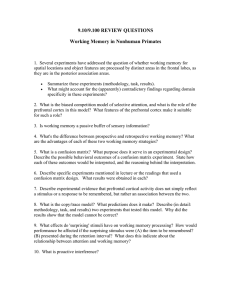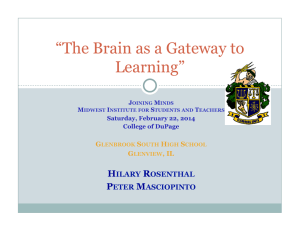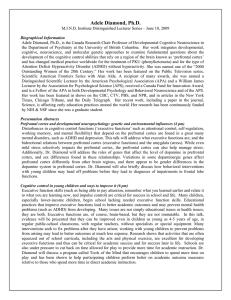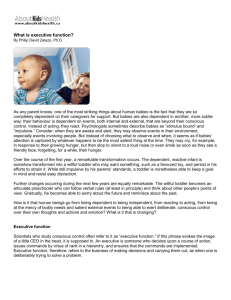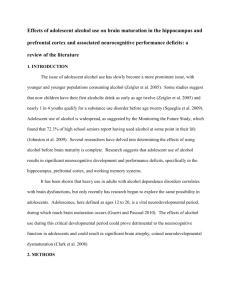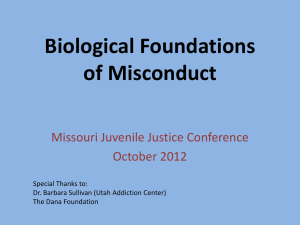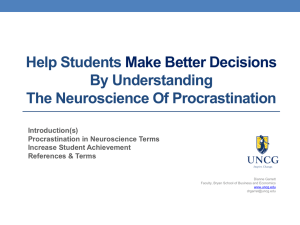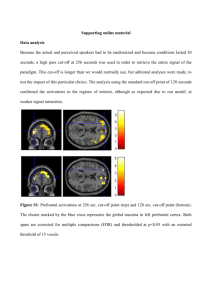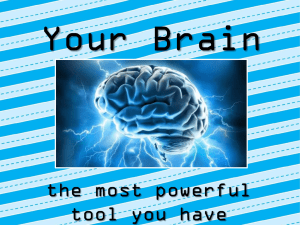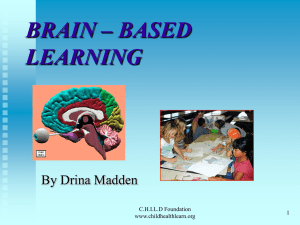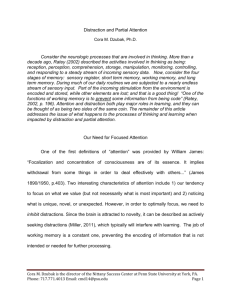Cognitive Transitions - St. Edwards University Sites
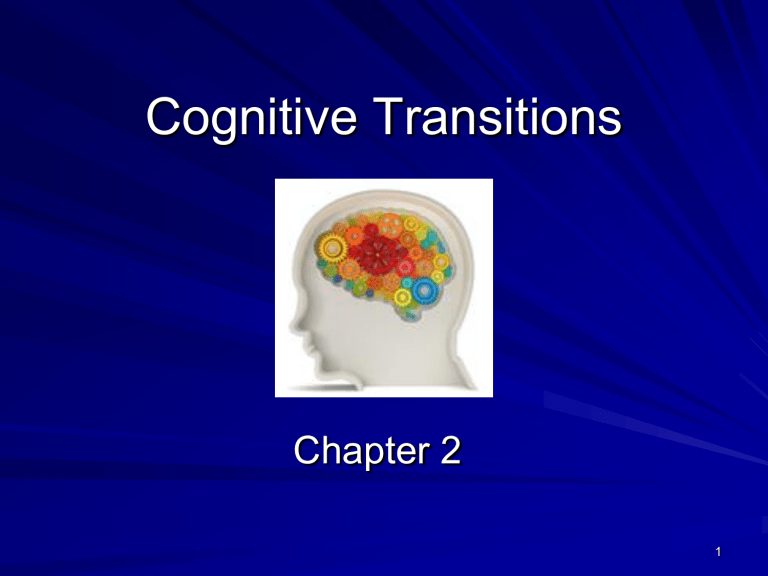
Cognitive Transitions
Chapter 2
1
Changes in Cognition (Thinking)
Main advantages over child ’ s thought
(1) Thinking of possibilities
(2)
(3)
Thinking about abstracts
Thinking about the process of thinking
(4)
(5)
Thinking in multidimensional terms
Seeing knowledge as relative
2
Thinking about Possibilities
Children ’ s thinking based on concrete/observable events; Adolescents can now think of what “ might be ”
– Example: Ways in which their lives might be affected by different career choices
– Can now move easily between the specific and the abstract to generate alternative possibilities
– Development of deductive reasoning ”
“ If-then ” thinking (hypothetical thinking)
Major intellectual accomplishment
3
Thinking about Abstract
Concepts
– Ability to comprehend higher-order abstract logic inherent in puns, proverbs, metaphors, and analogies
– The growth of social thinking (social cognition) during adolescence is directly related to the young person ’ s improving ability to think abstractly
Underlies interest in topics like interpersonal relationships, politics, philosophy, religion, morality
4
Metacognition: Thinking about
Thinking
Monitoring one ’ s own cognitive activity during the process of thinking
Increased introspection
– thinking about our own emotions
Increased self-consciousness
– Thinking about others thinking of us
Increased intellectualization
– Thinking about our own thoughts
5
Metacognition may result in problems
Adolescent egocentrism
– Extreme self-absorptions
Imaginary audience
– Behavior is the focus of other ’ s concern
Personal fable
– Experiences are unique
“ That won ’ t happen to me… ”
6
Thinking in Multiple
Dimensions
– Can now see things in complicated ways rather than one aspect at a time
– More sophisticated understanding of probability
– Ability to understand when someone is being sarcastic
– Can understand double-entendres
7
Adolescent Relativism
– Ability to see things as relative rather than as absolute (children see things in absolute terms: either black or white)
– Skepticism becomes common (begin to question EVERYTHING!)
– Everything may seem uncertain
– No knowledge seems completely reliable
8
Theoretical Perspectives on
Adolescent Thinking
Piaget
Information Processing
New Directions
9
Piagetian View of Adolescent Thinking
SENSORIMOTOR STAGE
BIRTH TO TWO YEARS
PREOPERATIONAL
2 TO 6 YEARS
CONCRETE OPERATONAL
6 TO 11 YEARS
FORMAL OPERATIONS
11 + YEARS
10
Piagetian View of Adolescent Thinking
Cognitive-developmental view
– Interaction between biological change and environmental stimulation
Leads to intellectual growth
Each stage is characterized by a particular type of thought
11
The Adolescent Brain
Research is conducted using fMRI and PET scans
Brain maturation in adolescence is linked to behavioral, emotional, and cognitive development during this period (Keating, 2004)
18
Among the most important brain changes to take place at adolescence are those in the prefrontal cortex and limbic system.
19
The Adolescent Brain
Synaptic "pruning ” (unnecessary neurons) and myelination of the prefrontal cortex improves the efficiency of information processing
In the limbic system, changes in levels of certain neurotransmitters, like dopamine, affect emotional experiences, stress & reward sensitivity
– Increased vulnerability to substance use
– Stimulates risk-taking behaviors
20
Maturation of the Prefrontal
Cortex
Full Maturation: Sometime between adolescence and early adulthood
Dorsolateral prefrontal cortex
– Important for planning ahead
Ventromedial prefrontal cortex
– Important for gut-level, intuitive decision making
Orbitofrontal cortex
– Evaluating risks & rewards
21
Maturation of the Prefrontal
Cortex
Adolescents whose prefrontal cortical development is less mature than normal are more likely to have conduct problems.
22
Implications of the Timing of Brain Maturation
Limbic system matures at puberty
– Seek novelty, reward, stimulation
Prefrontal cortex matures several years later
Time gap may explain why adolescence is a period of heightened experimentation with risk…AHA!
23
Intellectual Abilities that
Decline in Adolescence
Brain regions involved in language acquisition grow rapidly in preadolescence
These regions stop growing at puberty
More difficult to learn a new language as a teen than as a child
24
